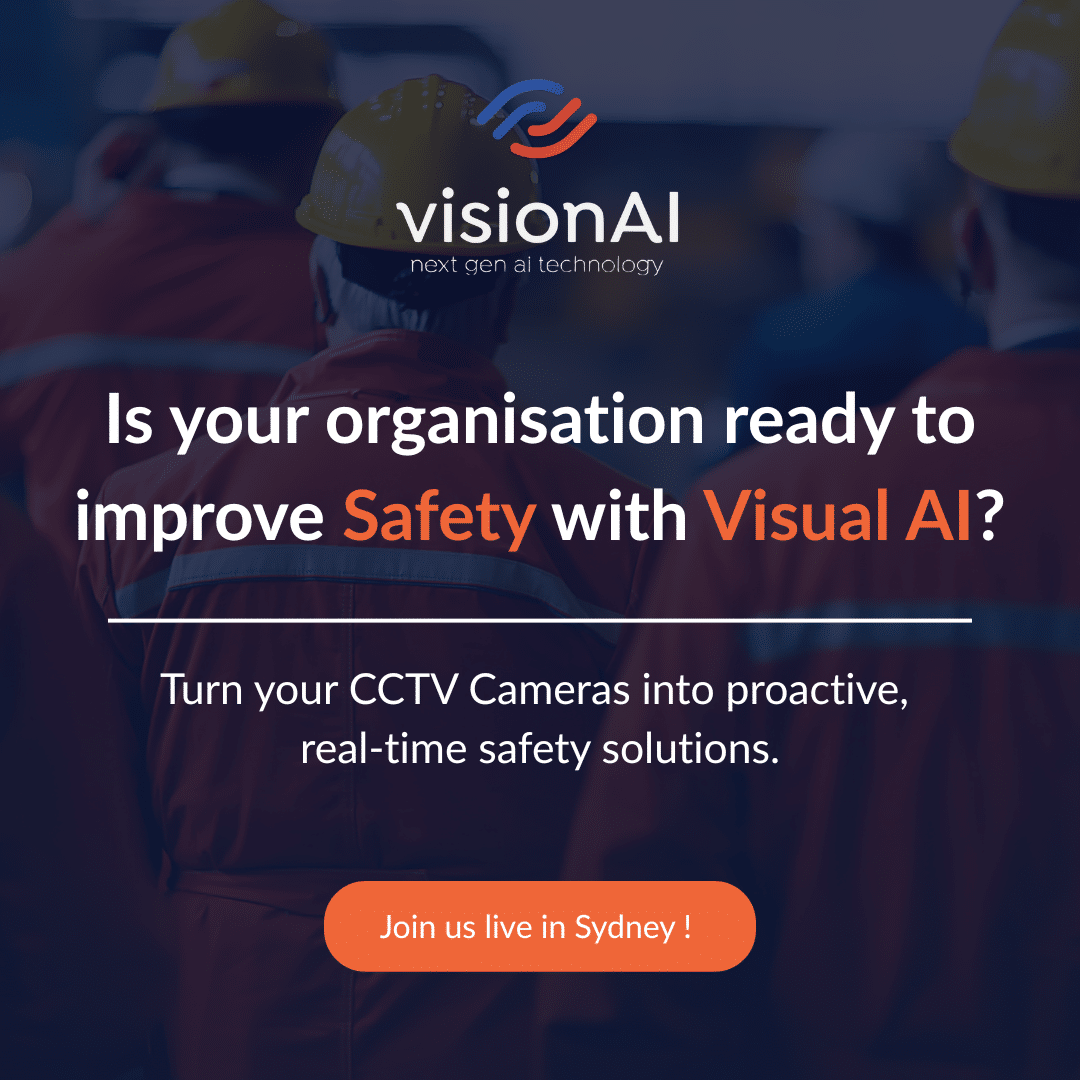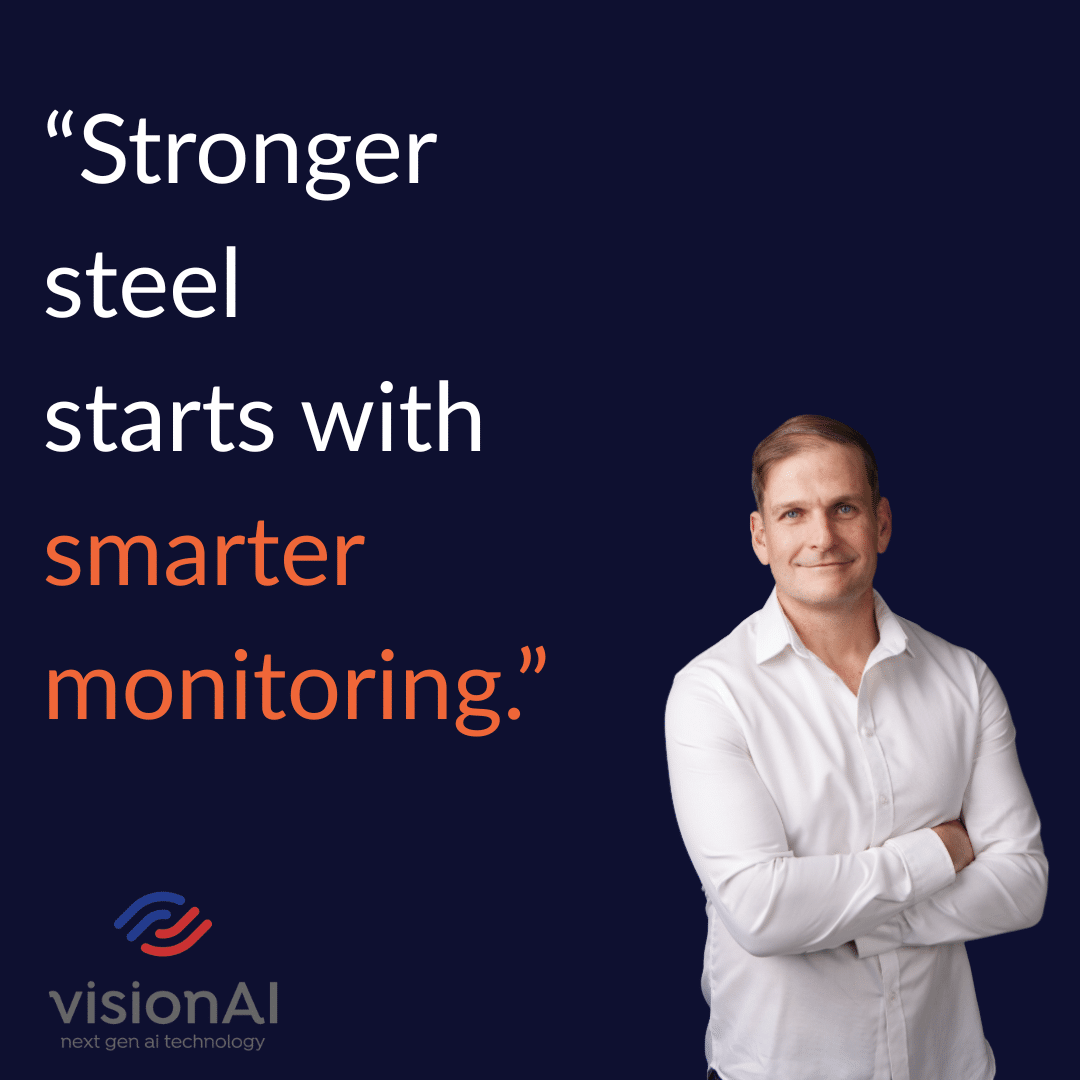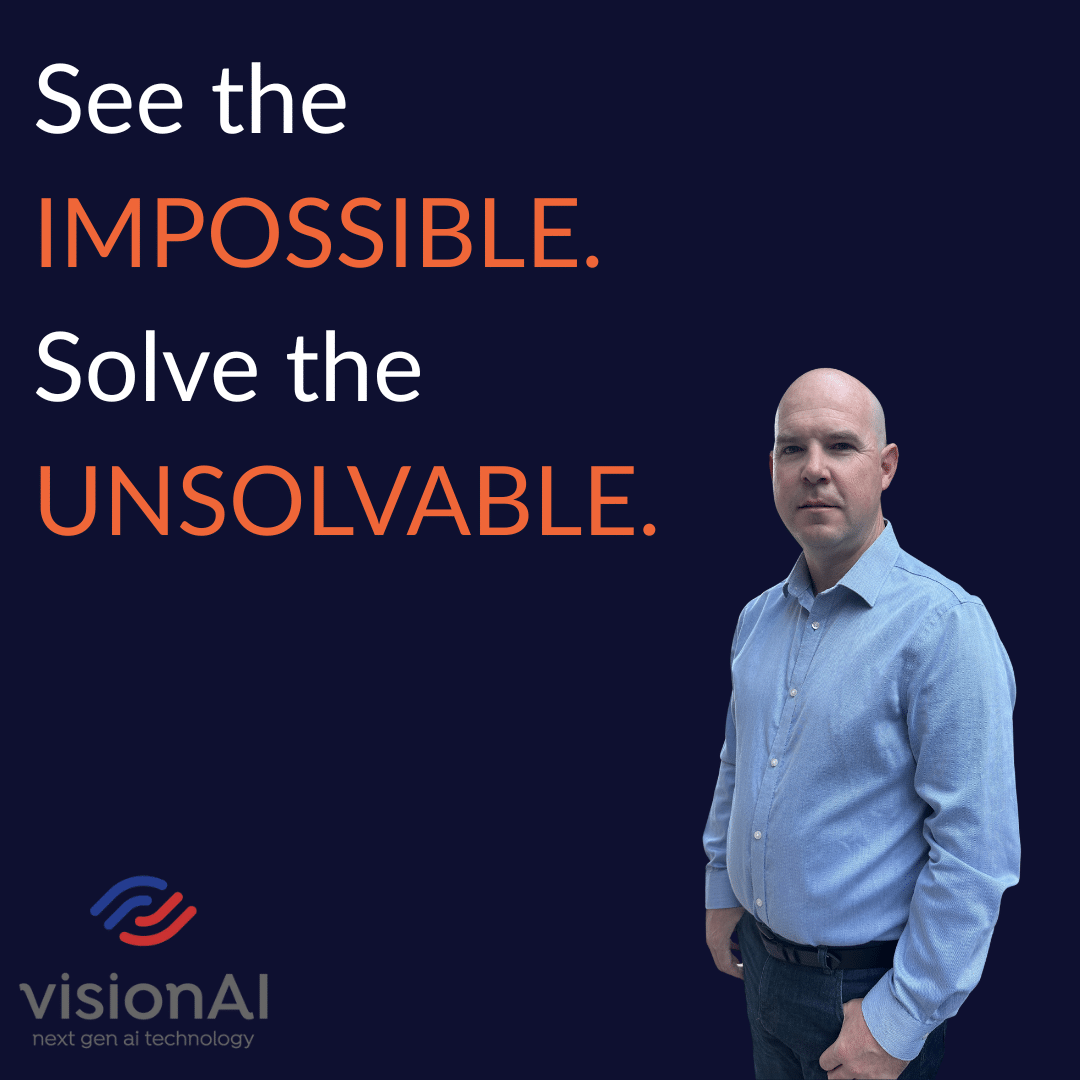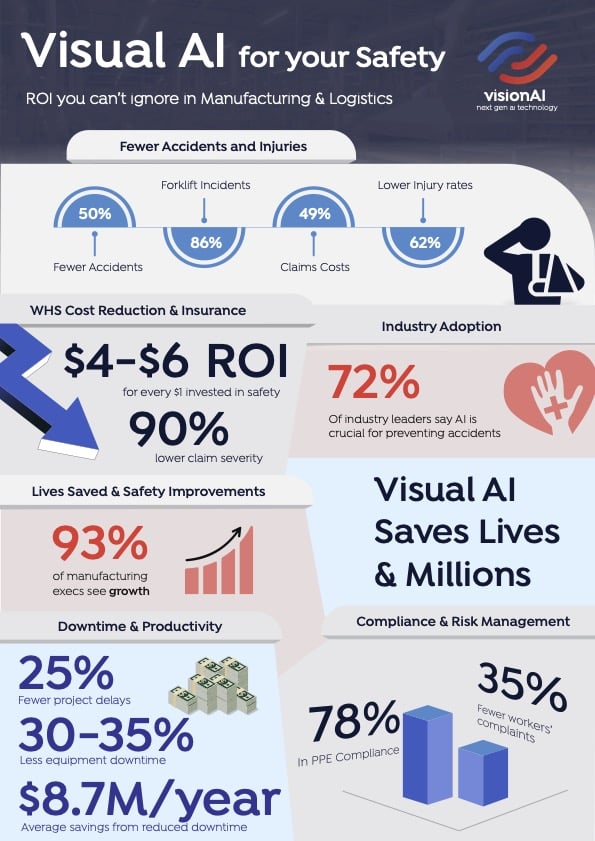Rpa-As-A-Service: Making Automation More Accessible
As Robotic Process Automation (RPA) becomes more mainstream, so the need for RPA-As-A-Service has become a valuable service offering for organisations requiring pricing flexibility.
Robotic process automation was introduced to companies through on-premise offerings. The first RPA solutions were released on a regular basis, halting organisations with lengthy installation processes. Consultants were required to install hardware, both of which were pricey, similar to on-premise software implementation in the past. Customers were obligated to update according to the vendor’s schedule.
At present, many established RPA solutions continue to demand high initial licence and infrastructure investments. For many companies, automation was not a feasible solution. Not only because they couldn’t afford it, but also because they lacked the necessary technical skills.
It’s clear that RPA technology is valuable, but can be challenging to implement and maintain. Just as software-as-a-service (SaaS) transformed the way that software could be implemented, robotic process automation (RPAaaS) provides flexible prices and technical specifications that RPA alone failed to provide, which has made it increasingly possible for companies of all sizes to introduce and reap the benefits of a digital workforce.
But, many of the current RPA packages unfortunately still exceed the needs of most companies that they are pitched to, and they don’t come cheap. Bulky price packages result in hefty expenditures, minimal return on investment, and underutilised bots sitting idle – progressively crushing any drive to go digital. The growth potential of the RPA market has astronomical potential. But only if RPA providers lower their steep prices to convince companies of all sizes to invest in their implementation.
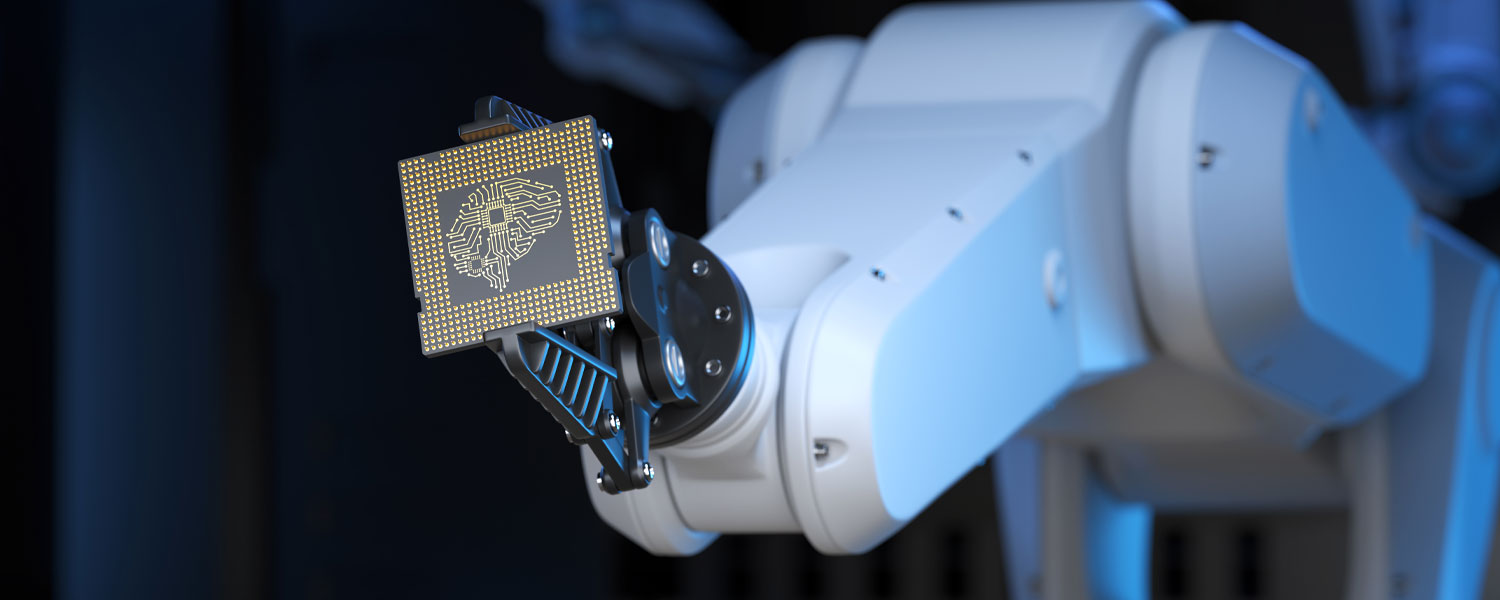
Advantages of RPA-As-A-Service
While RPA as a pay as you go service offers all of the advantages of robotic process automation, it also offers the advantages of SaaS. Advantages include, ease and accessibility of use, scalability, more affordable operational costs, and greater ROI in a shorter period of time.
RPAaaS automation setup is much simpler and quicker than traditional RPA, and requires no maintenance or invasive technology. A user-friendly web-based interface is most often used to control bots, with no coding knowledge required. Modern RPA uses cloud-based solutions that address the shortcomings of older solutions. Behind-the-scenes development and upgrades that are performed without the user’s knowledge is a massive step in the right direction. The ROI of robotic automation can be accurately and clearly measured with the help of reporting and analytics features.
Fit for Purpose Solutions
While there are affordable RPAaaAS packages, the pricing models are a common source of confusion for customers. Instead of trying to decipher complicated price packages, companies should be on the lookout for transparent solutions that track automation services and only bill customers for what they actually use.
The modern automation market has improved dramatically, boasting options ranging from agile RPAaaS to conventional licence-based approaches. While the traditional approach may be appropriate for some businesses, the leaner RPAaaS alternative is often a more fitting solution for small to medium-sized companies lacking the extensive financial and human resources needed to maintain the former.
You can read more about RPA and AI on the Vision AI blog.
The Vision AI Suite uses AI and RPA technology to create business automation solutions. Customer interactions, recruitment, and identity verification are just only some of the day-to-day tasks that the Vision AI Suite can automate.
To schedule a free demo, Contact Vision AI Suite.

